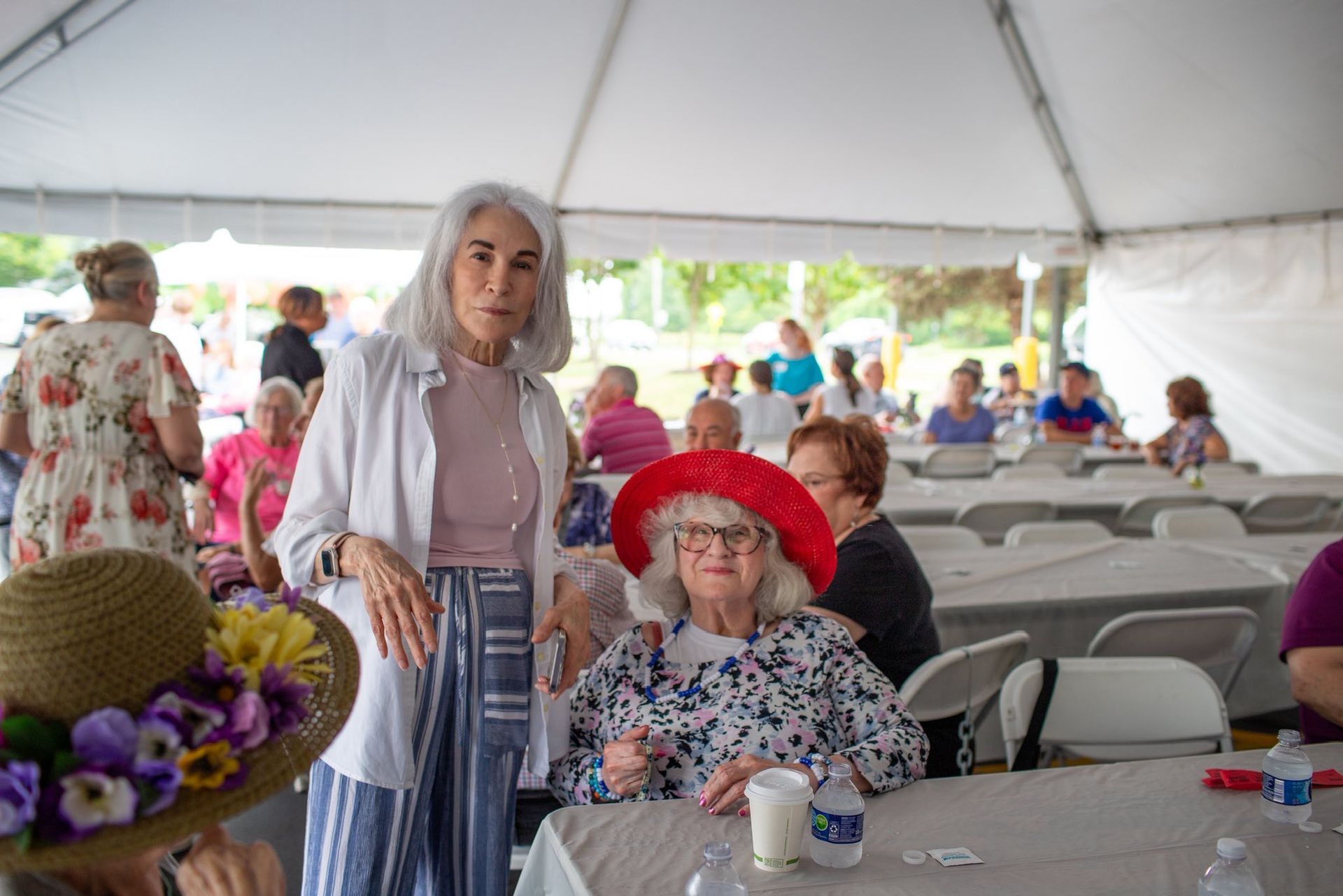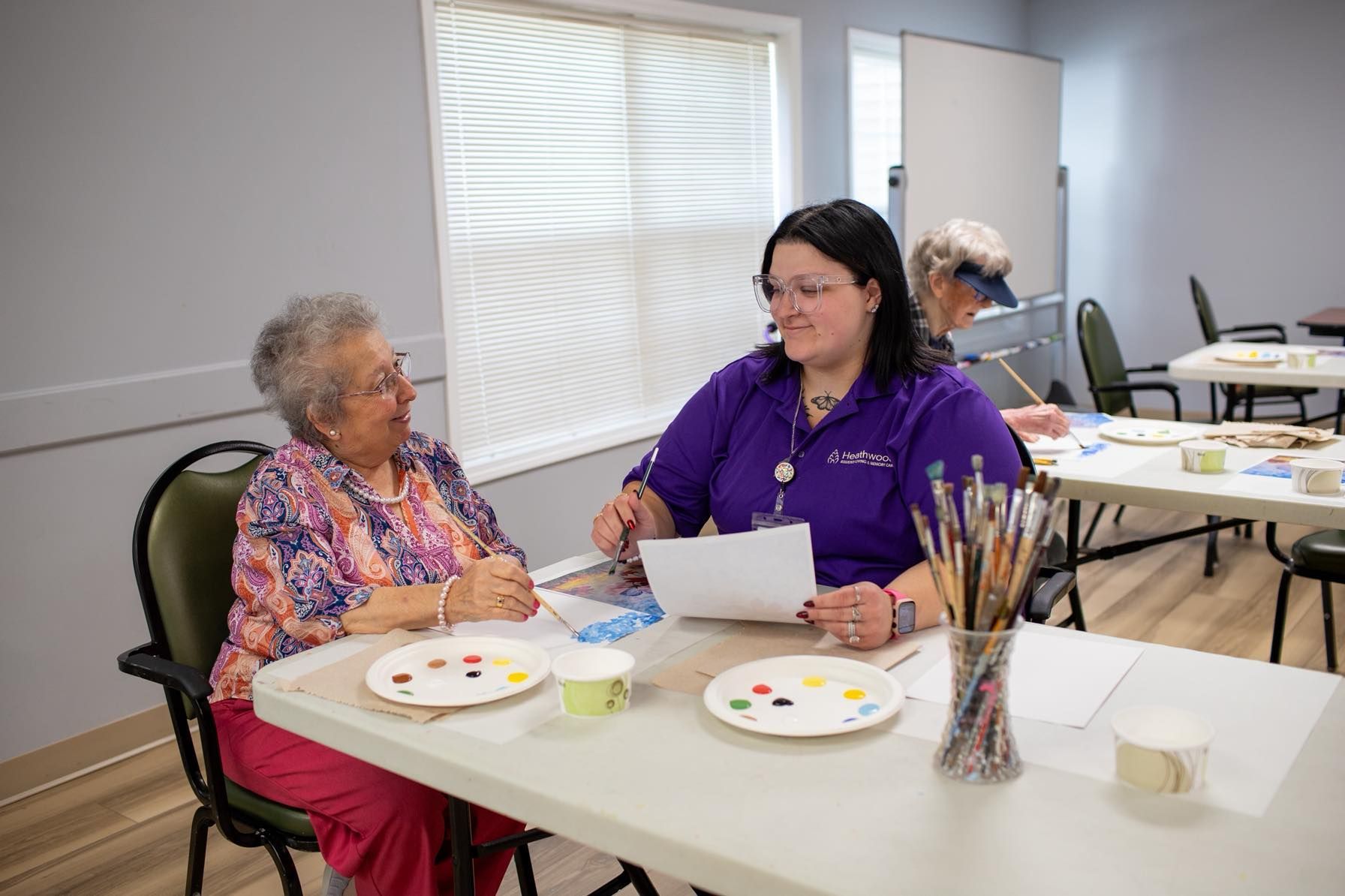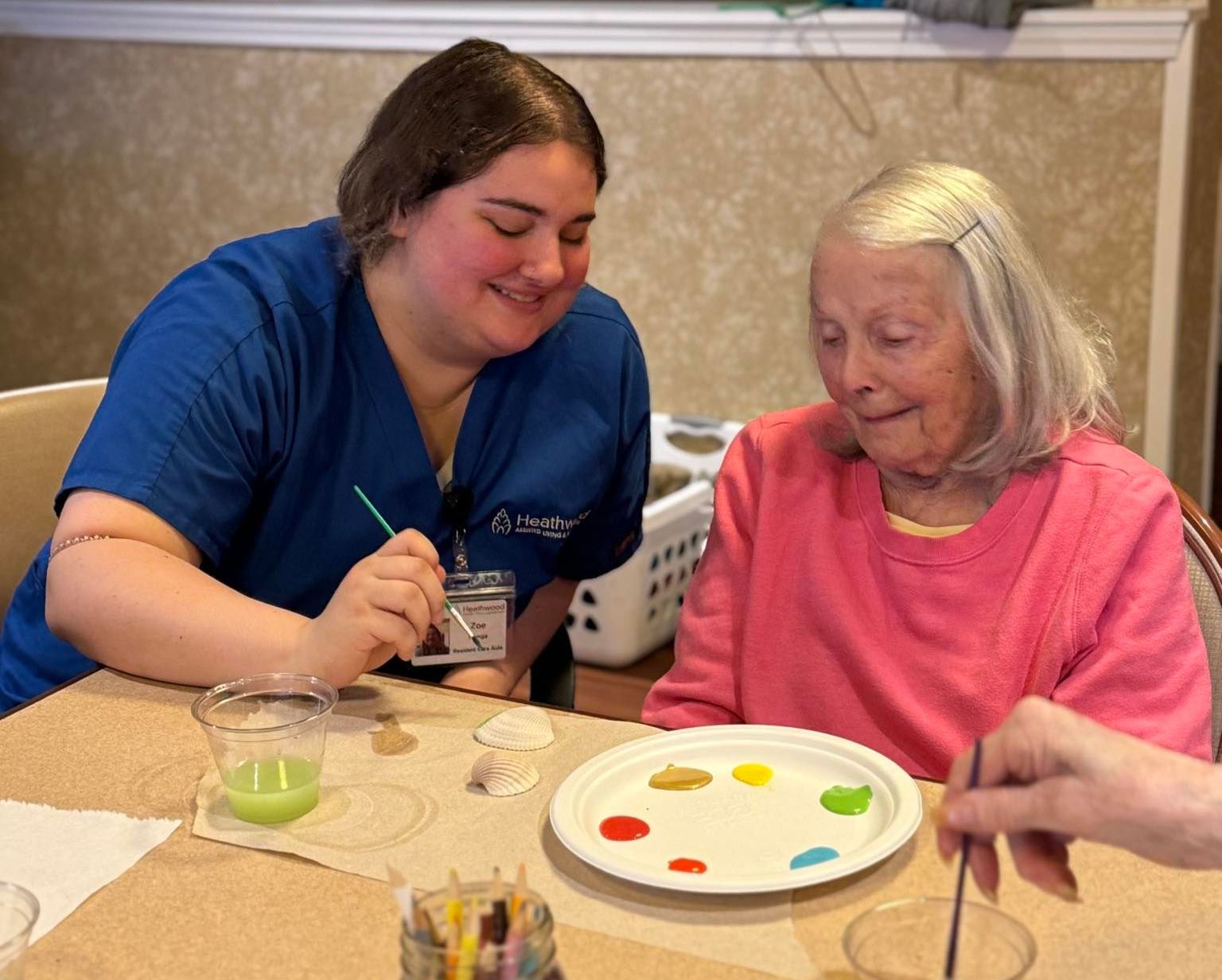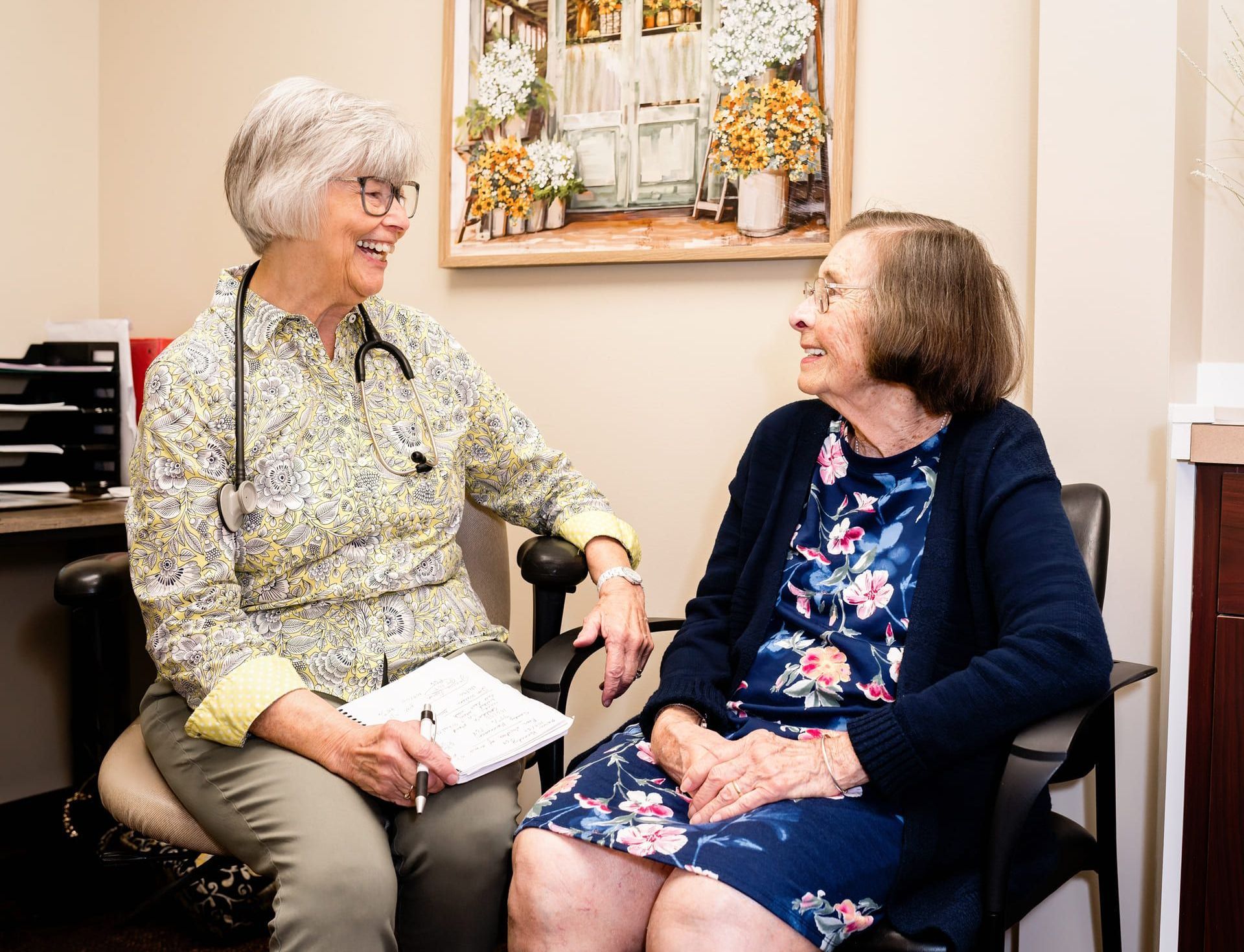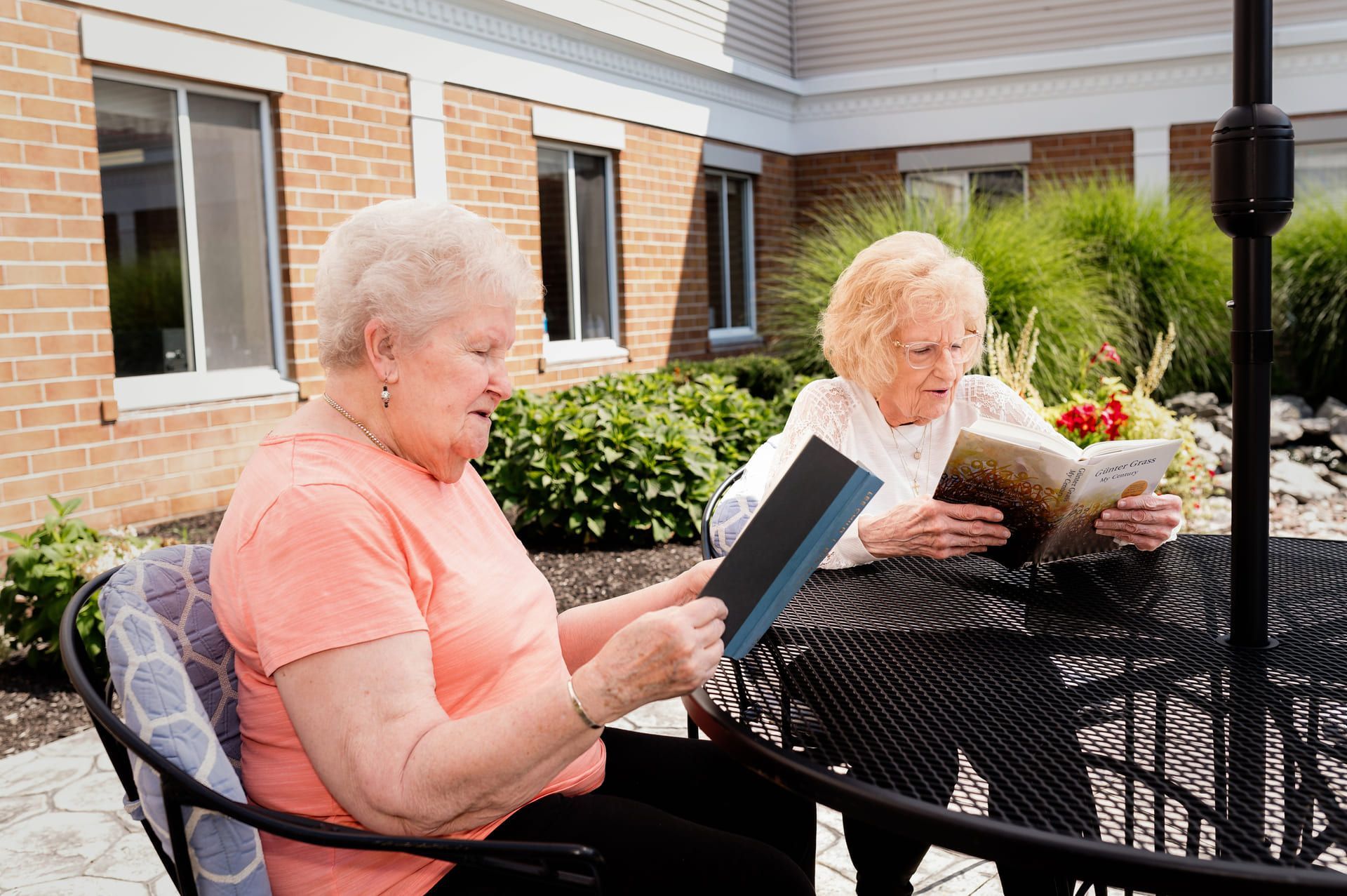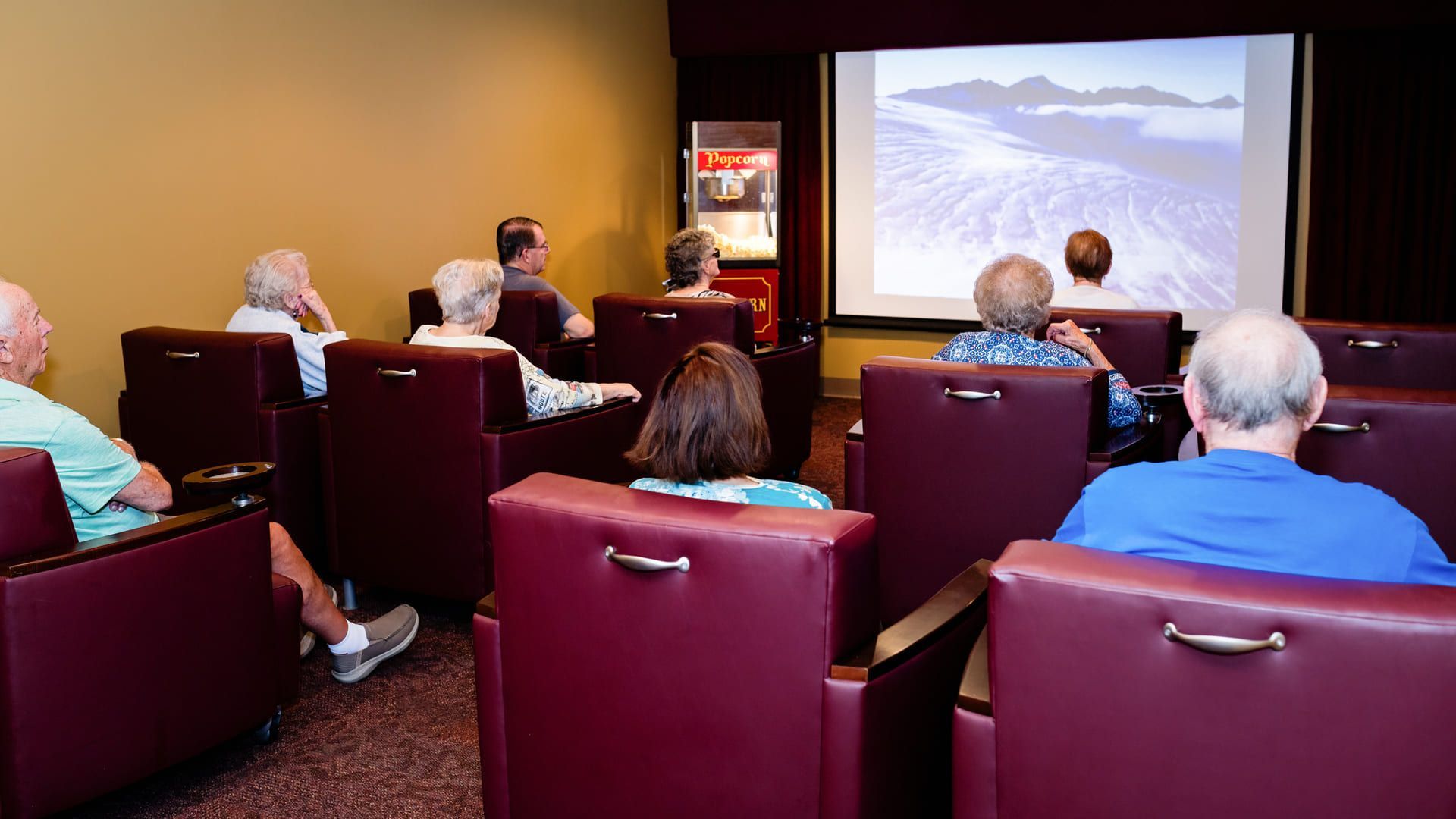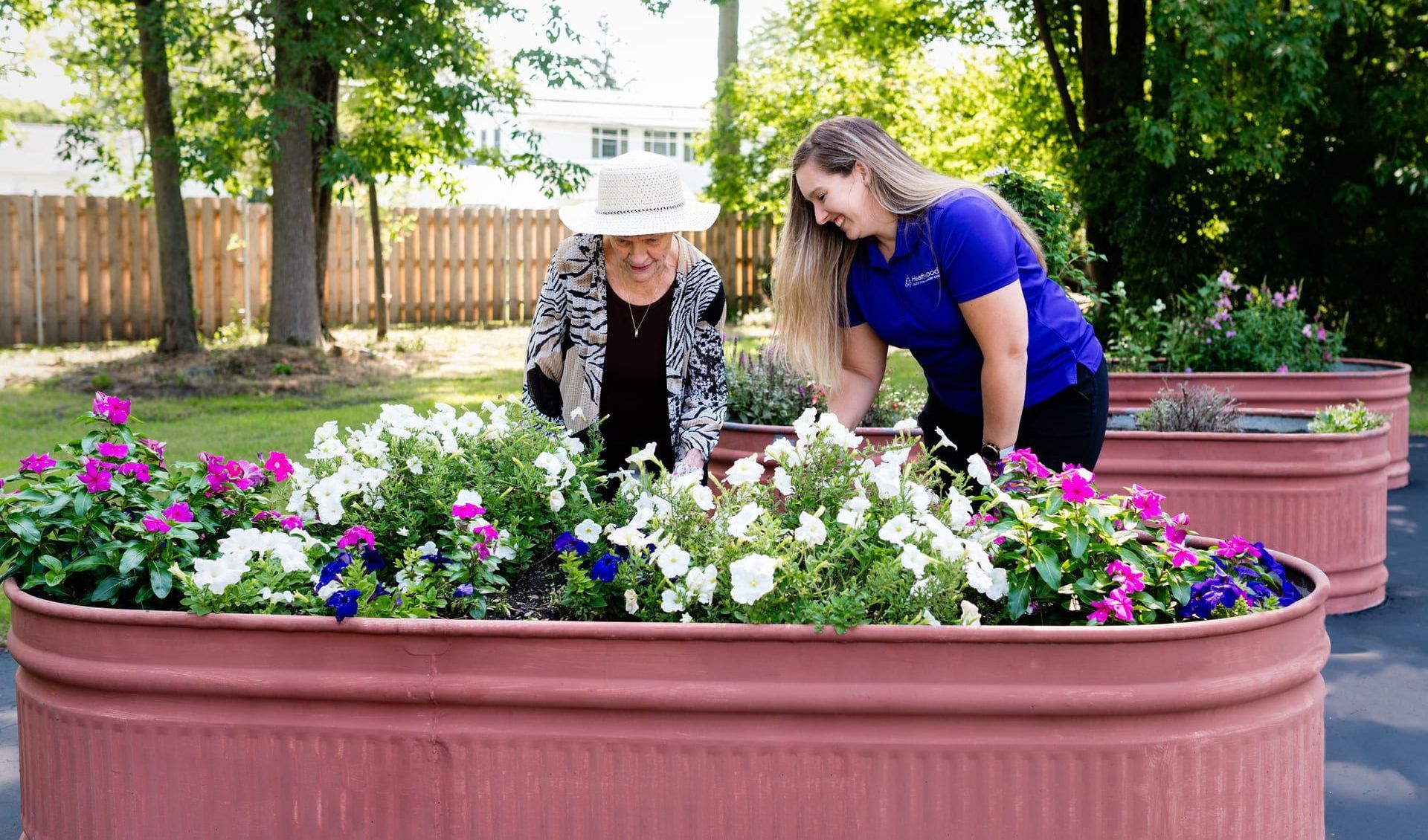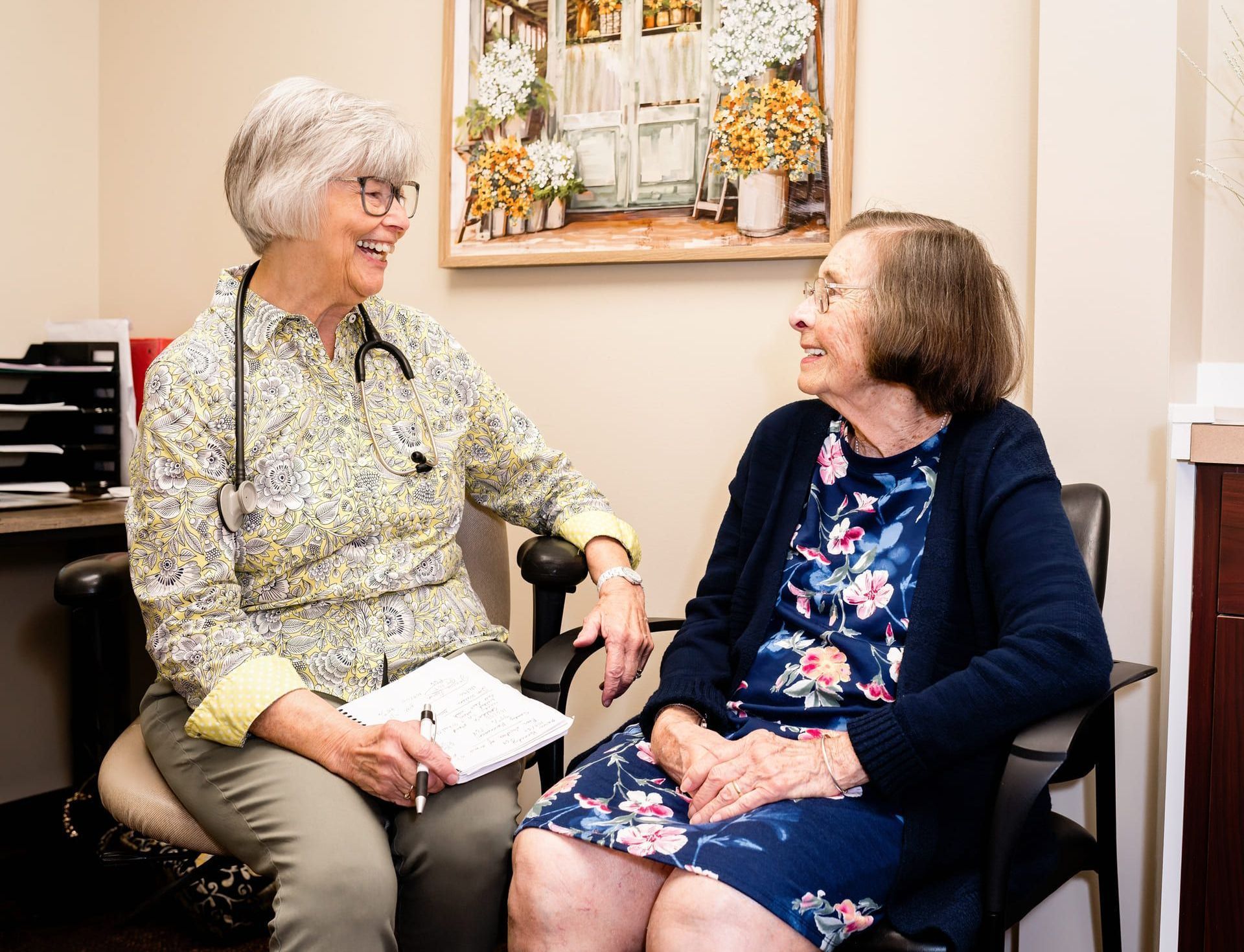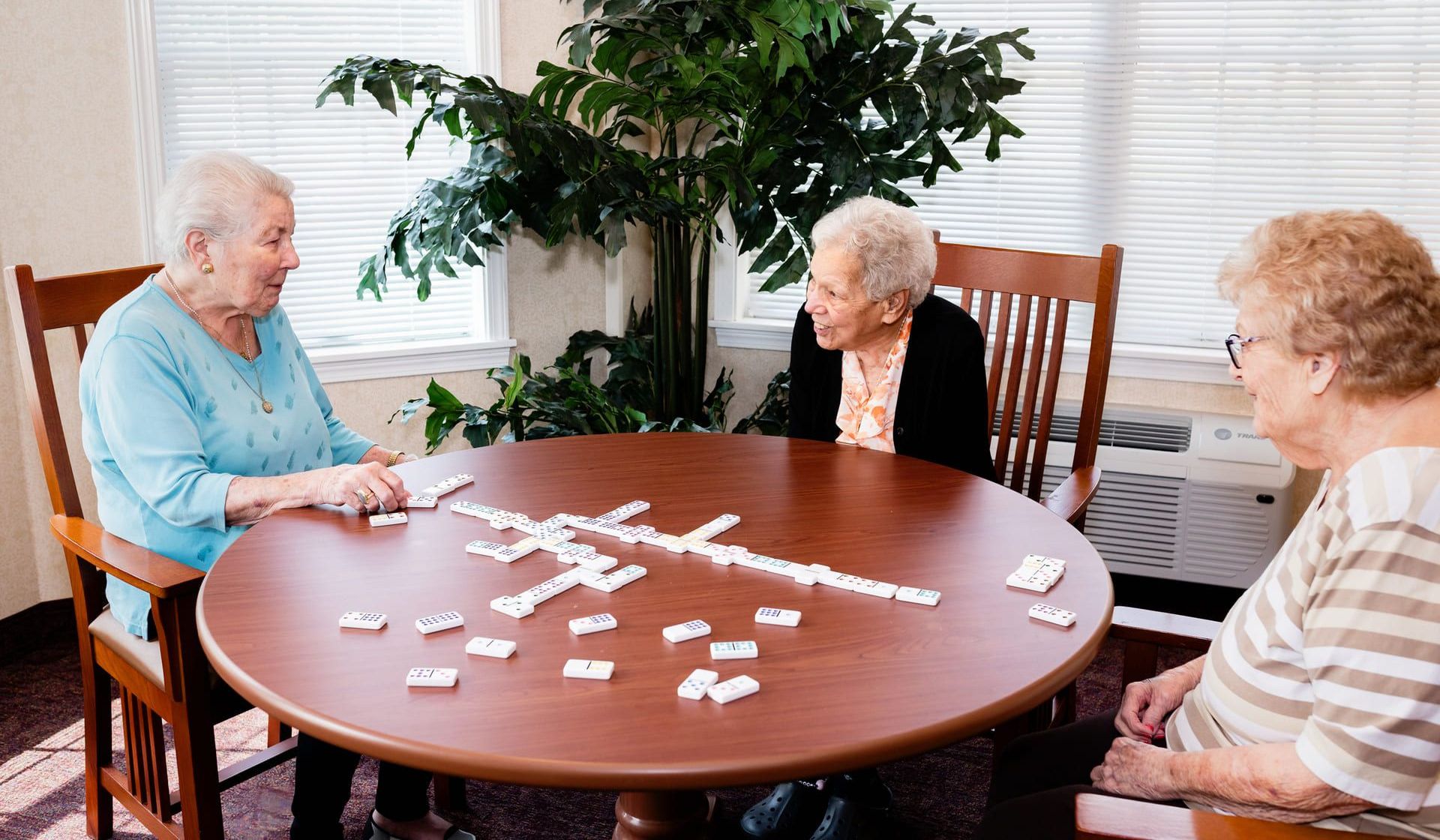Preventing Dehydration in Older Adults: Best Practices for Assisted Living Facilities
Dehydration is a common but often underestimated risk for older adults, especially those living in assisted living communities. While people of all ages need to stay hydrated, older adults face unique physiological and lifestyle challenges that make them more vulnerable to fluid loss and the health consequences that come with it.
For assisted living facilities, preventing dehydration isn’t just a matter of comfort—it’s a crucial aspect of resident health and safety. Whether it’s a warm day, a cool evening, or just part of daily life, ensuring consistent hydration is essential all year long.
This guide explores the causes, signs, and how we work on preventing dehydration in our assisted living facility, while preserving the dignity of each resident.
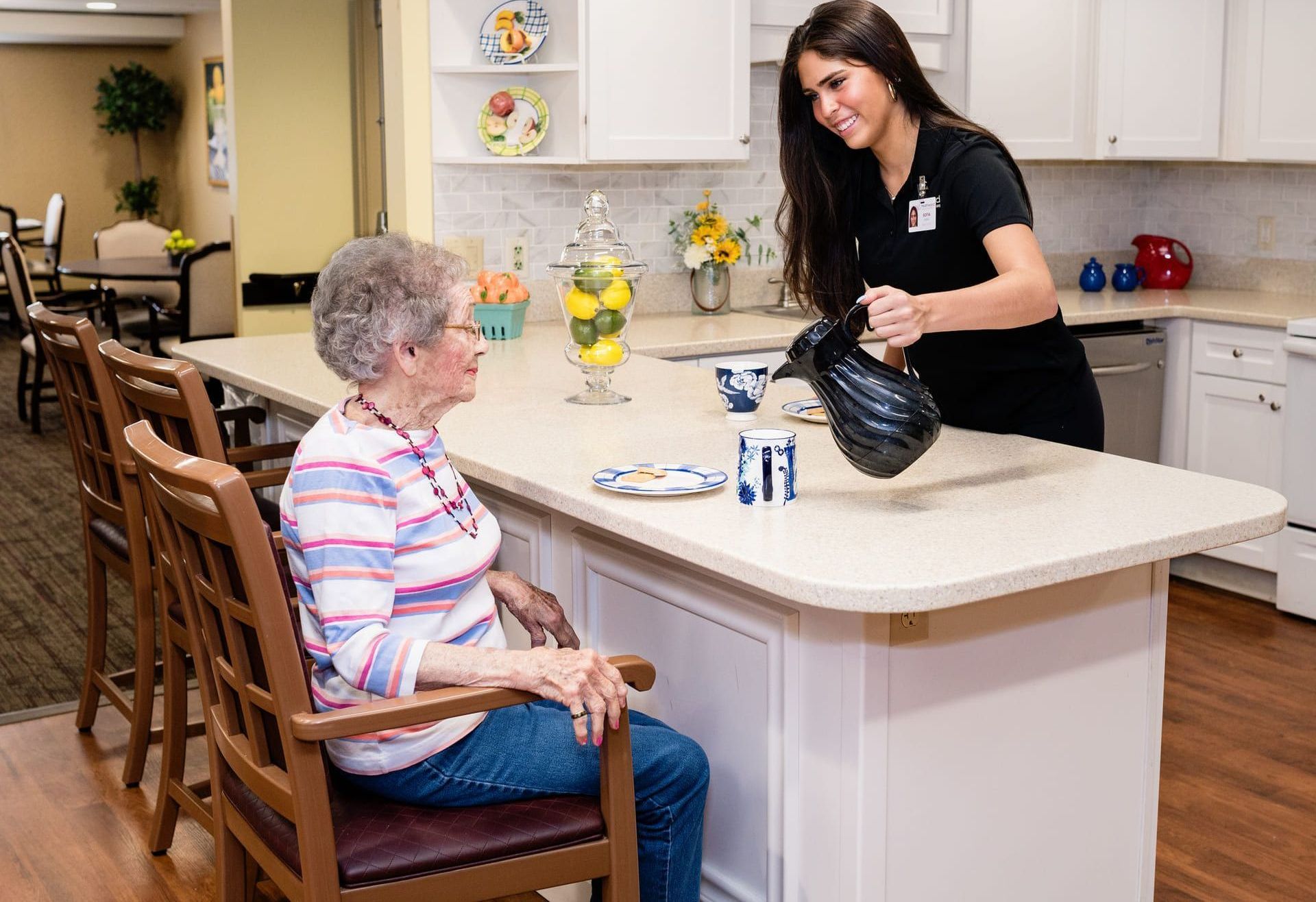
Why Older Adults Are at Greater Risk of Dehydration
Aging bodies undergo changes that reduce the body’s ability to conserve water and detect thirst. Combine that with common medications, health conditions, and mobility limitations, and the risk increases significantly.
1. Diminished Thirst Sensation
As people age, the natural sense of thirst becomes less sensitive. Many seniors don't feel thirsty until dehydration has already begun.
2. Reduced Kidney Function
Aging kidneys are less efficient at conserving fluids. This means seniors are more likely to lose fluids through urine, even when the body needs to hold onto it.
3. Chronic Health Conditions
Common conditions such as diabetes, kidney disease, or heart failure can affect fluid balance. Additionally, illnesses that cause fever, vomiting, or diarrhea significantly increase fluid loss.
4. Medication Side Effects
Many medications commonly prescribed to older adults—diuretics, laxatives, and blood pressure medications—can increase fluid loss or suppress thirst.
5. Cognitive and Physical Challenges
Conditions like dementia can cause a person to forget to drink water, while arthritis or limited mobility can make it difficult to access fluids independently.
6. Fear of Incontinence
Some older adults intentionally limit their fluid intake to avoid frequent trips to the bathroom, particularly at night. This is especially common among residents with bladder control concerns.
Signs and Symptoms of Dehydration in Seniors
Dehydration can develop slowly, and its signs may be subtle—especially in older adults. Caregivers and staff should be trained to identify early warning signs to avoid complications.
Common Symptoms Include:
- Dry mouth, lips, or tongue
- Decreased urination or dark-colored urine
- Fatigue or general weakness
- Dizziness or lightheadedness
- Headaches
- Muscle cramps
- Constipation
- Confusion or sudden changes in mental status
- Sunken eyes or dry skin
- Low blood pressure or increased heart rate
Severe dehydration can lead to serious complications such as urinary tract infections (UTIs), kidney failure, heat injuries, and hospitalization.
How Much Fluid Do Seniors Need?
Hydration needs vary from person to person, but general recommendations suggest that older adults aim for about:
- Women: 9 cups (2.2 liters) per day
- Men: 13 cups (3.0 liters) per day
However, fluid needs may change based on activity levels, medical conditions, medications, and climate. Some residents may require more, while others (such as those with heart or kidney conditions) may require medically supervised fluid restrictions.
How We Help Prevent Dehydration at Heathwood Assisted Living
Preventing dehydration in assisted living requires a comprehensive and proactive approach that includes environmental strategies, staff training, resident engagement, and personalized care.
1. Encourage Fluids Throughout the Day
We offer fluids regularly, not just at mealtimes. A structured hydration schedule might include:
- Upon waking
- Between meals (mid-morning and mid-afternoon)
- During activities or therapy sessions
- With medications
- Before bedtime
Hydration stations with flavored water, herbal teas, or low-sugar drinks can make fluids more accessible and appealing.
2. Making It Easy and Appealing
For seniors who need more special attention, we might incorporate small changes that can increase fluid intake significantly:
- Using brightly colored or adaptive cups that are easy to hold
- Offering a variety of drinks such as fruit-infused water, low-sugar juice, milk, decaf tea, and smoothies
- Offering hydrating foods like watermelon, cucumbers, strawberries, and soup
3. Incorporating Hydrating Foods
Water-rich foods can be a helpful addition to hydration efforts. At Heathwood, we have a range of options available based on seasonality:
- Cucumbers (96% water)
- Watermelon (92%)
- Strawberries (91%)
- Cantaloupe (90%)
- Tomatoes (94%)
- Oranges (86%)
- Lettuce and spinach
- Broth-based soups
- Yogurt and gelatin
These are especially useful for residents who are reluctant to drink large quantities of fluids.
4. Monitoring High-Risk Residents Closely
Some residents are more vulnerable to dehydration than others. These include:
- Residents on diuretics or medications that increase fluid loss
- Residents with cognitive impairments
- Those with swallowing difficulties (dysphagia)
- Residents with chronic illnesses that impact fluid balance
Care plans should identify at-risk individuals, with hydration monitoring logs used to track intake and symptoms.
5. Address Barriers to Hydration
We work on understanding what could be preventing a resident from drinking enough and problem-solve creatively:
- For incontinence worries: coordinate toileting schedules
- For mobility issues: ensure water is reachable and easy to open
- For swallowing problems: use thickened fluids and appropriate utensils
- For taste preferences: offer options with natural flavors or mild fruit infusions
Join a Community That Prioritizes Whole-Person Wellness
At Heathwood Assisted Living, lack of hydration isn’t just a health issue—it’s a key part of our commitment to total resident wellness. Every staff member plays a role in supporting our residents’ health, safety, and happiness.
If you’d like to learn more about our assisted living programs or wellness care, schedule a tour or speak with a member of our care team today. We’d love to show you what makes our community different.

